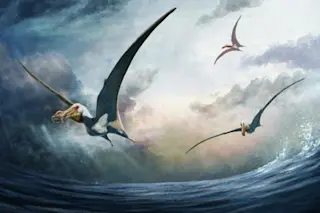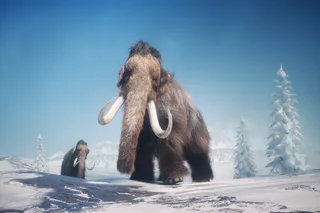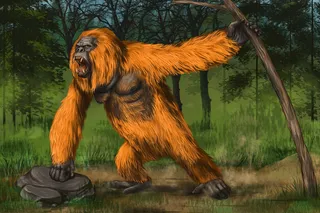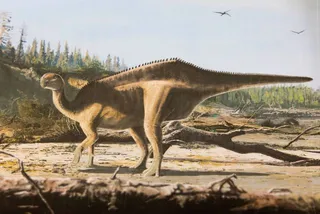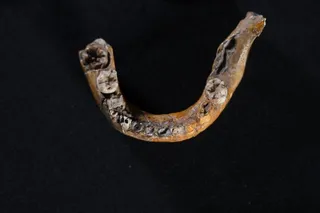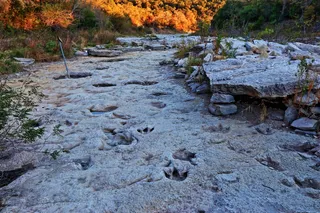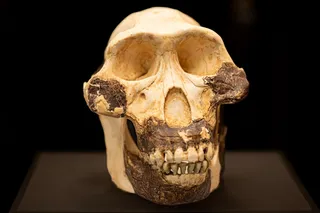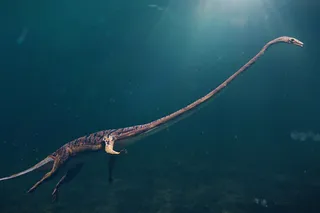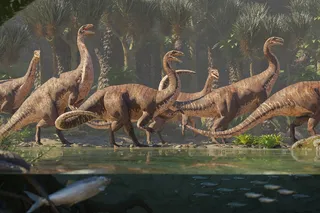There’s a new pterosaur in town. A museum curator happened upon a winged carnivorous reptile fossil while checking on another specimen in an area available to amateur fossil hunters. Researchers characterize it as a unique species in Scientific Reports.
Finding the New Pterosaur Fossils
Kronosaurus Korner museum curator Kevin Petersen was visiting a western Queensland, Australia site available to the public with a permit from the Richmond, Australia marine fossil museum. He was checking on a fossil he had been readying for removal when he noticed a bone protruding from the top shale layer.
“I immediately identified it as a pterosaur, as the bone resembled a fractured hard-boiled egg, characteristic of flattened pterosaur bone,” Petersen says.
Since pterosaur fossils are relatively rare, he immediately began the process of cordoning off the area and initiated excavation. As the dig proceeded, Petersen knew he was onto something special.
“I was completely blown away to see that 22 percent of this incredibly rare fossil had been preserved,” he says. “That is just unheard of.”
Read More: What Are Fossils and Where Are They Found the Most?
Examining Pterosaur Bones
The specimen included complete lower jaws, the tip of the upper jaw, 43 teeth, vertebrae, ribs, bones from both wings and part of a leg, as well as thin, delicate throat bones.
Excitement built as Adele Pentland, a graduate student at Curtin University in Perth, Australia, examined the fossil. First, she determined that the fossil belonged to a pterosaur category called anhanguera. The specimen shared several features with other anhanguerians. It sported distinctive crests on its jaw, a short collarbone, and spike-shaped curved teeth.
But there were differences, too. The length of the throat bone and several differences in tooth size didn’t match any known pterosaur. The distinctions were significant enough to determine that the fossil represents a new pterosaur species, which they named Haliskia Peterseni.
Read More: How Do Scientists Reconstruct What Dinosaurs Looked Like?
H. peterseni, a New Pterosaur Species
Pentland says that H. peterseni must have been an effective predator 100 million years ago. The reptile sported a 15-foot wingspan.
“As a winged reptile, [H. peterseni] could hunt over a large area and travel to new hunting grounds during leaner times,” she says. “Since it had many teeth that it shed and replaced over its lifetime, as well as a muscular tongue, [H. peterseni] could catch and hold onto slippery prey such as fish and squid-like cephalopods.”
Its hunting grounds must have looked different than they do today. Much of central western Queensland was underwater then, covered by a vast inland sea.
H. peterseni joins several marine fossil specimens on display at Kronosaurus Korner, including Kronosaurus queenslandicus, the largest marine reptile with a skull at least 2.4 meters long, the most complete plesiosaur from Australia and bones from the plesiosaur Eromangasaurus and the ichthyosaur Platypterygius.
Read More: 5 Of The Most Interesting Pterosaurs
Article Sources
Our writers at Discovermagazine.com use peer-reviewed studies and high-quality sources for our articles, and our editors review for scientific accuracy and editorial standards. Review the sources used below for this article:


